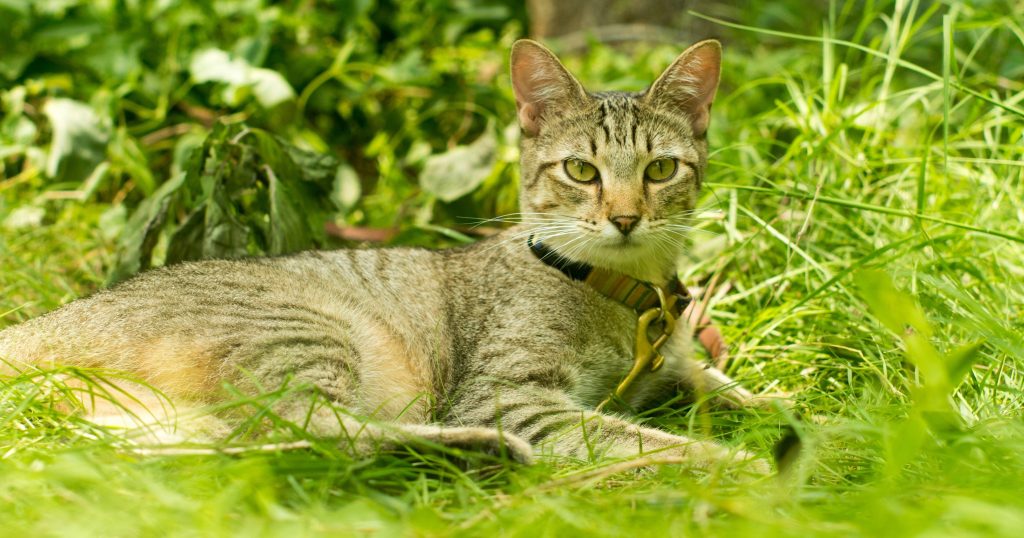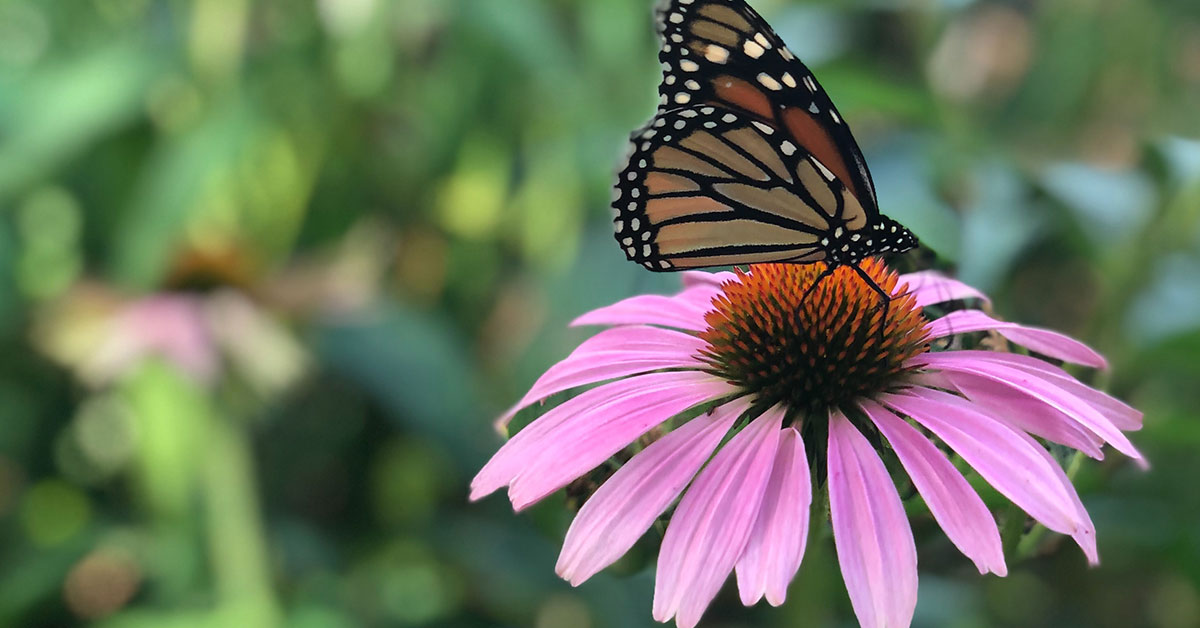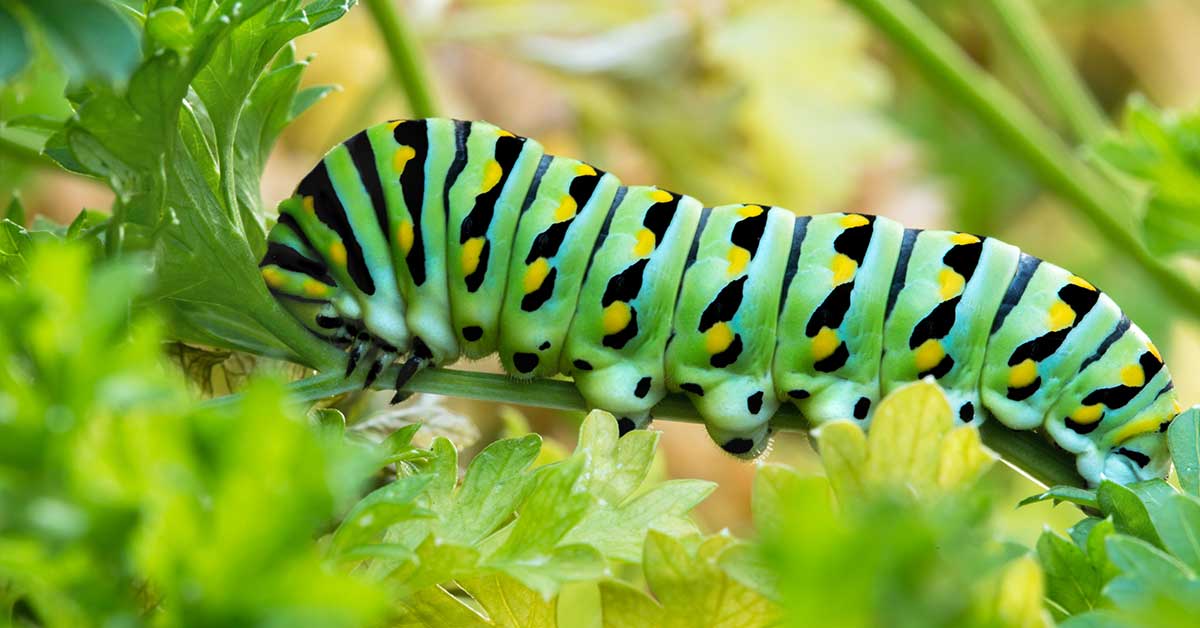Bird baths: charming, idyllic, and a delightful addition to any garden, right? Well, yes, but there’s a bit more to the story. While these little pools offer a vital resource for our feathered friends, especially during those scorching summer months or the icy grip of winter, they’re not without their pitfalls. From the unsuspecting dangers of drowning to the less visible threats of disease spread, bird baths can be a double-edged sword for the avian population.
Before you fill up that bird bath or set up a new one in your garden, let’s dive into the nitty-gritty of what makes these features both a blessing and a curse for birds. By the end of this, you’ll be equipped with the know-how to make your bird bath a beacon of safety, not a perilous pitstop.
Risk of Drowning

Bird baths, especially those with steep, slippery sides or overly deep water, pose a significant risk of drowning to birds. Smaller birds, in particular, can struggle to escape if they’re unable to find a foothold or if the water is too deep relative to their size. Ensuring bird baths have shallow edges and adding stones or ramps can help mitigate this risk, but the inherent danger remains if these precautions are not taken.
Spread of Disease

Bird baths can become breeding grounds for various pathogens, including bacteria, viruses, and parasites, leading to the spread of diseases among bird populations. Diseases such as avian pox, salmonella, trichomoniasis, and West Nile virus can easily spread through shared water sources when not regularly cleaned. Stagnant water and the accumulation of droppings increase the risk, highlighting the importance of regular, thorough cleaning of bird baths.
Chemical Exposure

Bird baths located near areas treated with pesticides, herbicides, or other chemicals run the risk of contaminating the water, exposing birds to potentially harmful substances. These chemicals can lead to immediate health issues or long-term effects on the birds’ reproductive systems and overall well-being. It’s crucial to place bird baths away from treated areas and to ensure that runoff does not contaminate the water.
Predation Risk

Bird baths can inadvertently become traps for birds by exposing them to predators. Cats, hawks, and other predators may learn to wait near bird baths as birds are attracted to the water, making them easy targets. This risk can be reduced by placing bird baths in open areas away from hiding spots for predators, but it cannot be entirely eliminated.
Impact on Migration Patterns

Artificial water sources like bird baths can potentially impact natural bird migration patterns. By providing constant water sources, birds may delay migration, leading to challenges in finding food and suitable habitats as seasons change. This disruption of natural behaviors underscores the need for careful consideration of the impact of bird baths on local bird populations.
While bird baths can offer a vital water source for birds, especially in urban and suburban areas, they come with significant risks. Proper design, placement, and maintenance are crucial to mitigate these dangers and ensure that bird baths serve as safe, beneficial additions to any garden or outdoor space.
To ensure bird baths remain safe and beneficial for birds, read on to learn how to avoid these problems:
Provide Shallow Water and Safe Landing Spots

Ensuring that the bird bath has shallow edges and a gradual slope allows birds of all sizes to safely use the bath without the risk of drowning. Adding stones, pebbles, or a shallow ramp inside the bath can provide birds with secure footing and safe entry and exit points, making it easier for them to drink and bathe without getting trapped in deep water.
Regular Cleaning and Water Change

To prevent the spread of diseases, bird baths should be cleaned regularly, at least once a week, with a thorough scrubbing to remove algae, droppings, and other debris. Changing the water every few days, or daily in warm weather, can help keep the water fresh and reduce the risk of pathogen proliferation. A diluted bleach solution (one part bleach to nine parts water) can be used for cleaning, followed by a thorough rinse to ensure no chemical residues remain.
Use Bird Bath Heaters Wisely

In colder climates, a bird bath heater can prevent the water from freezing, providing birds with a consistent water source year-round. However, it’s important to use heaters designed specifically for bird baths to avoid overheating the water or creating hot spots that could harm the birds. Regular monitoring during cold months ensures the water remains accessible without posing a burn risk.
Place Bird Baths Strategically

Positioning bird baths in safe locations can reduce the risk of predation. Placing them in open spaces allows birds to see approaching predators, giving them time to escape. Avoid placing bird baths too close to dense shrubbery or other hiding places that could conceal cats or birds of prey. Elevating the bird bath on a pedestal can also help keep it out of reach from some ground predators.
Avoid Chemical Contamination

Locate bird baths away from areas treated with pesticides, herbicides, or fertilizers to prevent chemical contamination of the water. Be mindful of the potential for chemical runoff after rain, and consider the overall landscaping and gardening practices in the vicinity of the bird bath to ensure a safe environment for visiting birds.
Implementing these practices can significantly enhance the safety and attractiveness of bird baths for birds, turning gardens and outdoor spaces into havens for various bird species while minimizing potential hazards.













